From Bicycle to Global Car Brand: A Century-Long Journey
Few know that the modern car owes much of its existence to the bicycle.
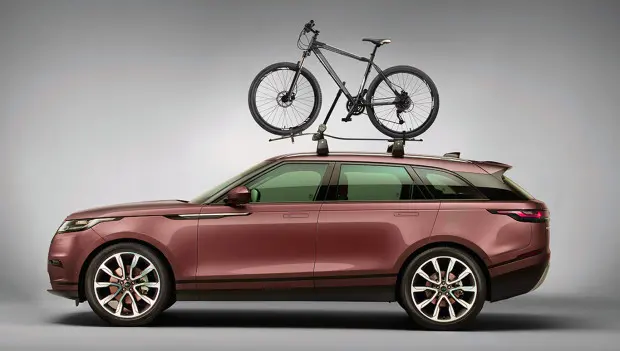
Few reflect on the fact that for being at the wheel of a modern car, we largely owe to... the bicycle. The end of the 19th century was a time of technical revolution: humanity was exploring new ways of moving, and the bicycle became the first mass personal transport. The simple yet elegant design inspired engineers to create machines that are considered today as symbols of progress. Some well-known automotive giants began with bicycles — and it was thanks to them that we have brands like Peugeot, Opel, or Škoda.
Peugeot: From Pedals to Motors
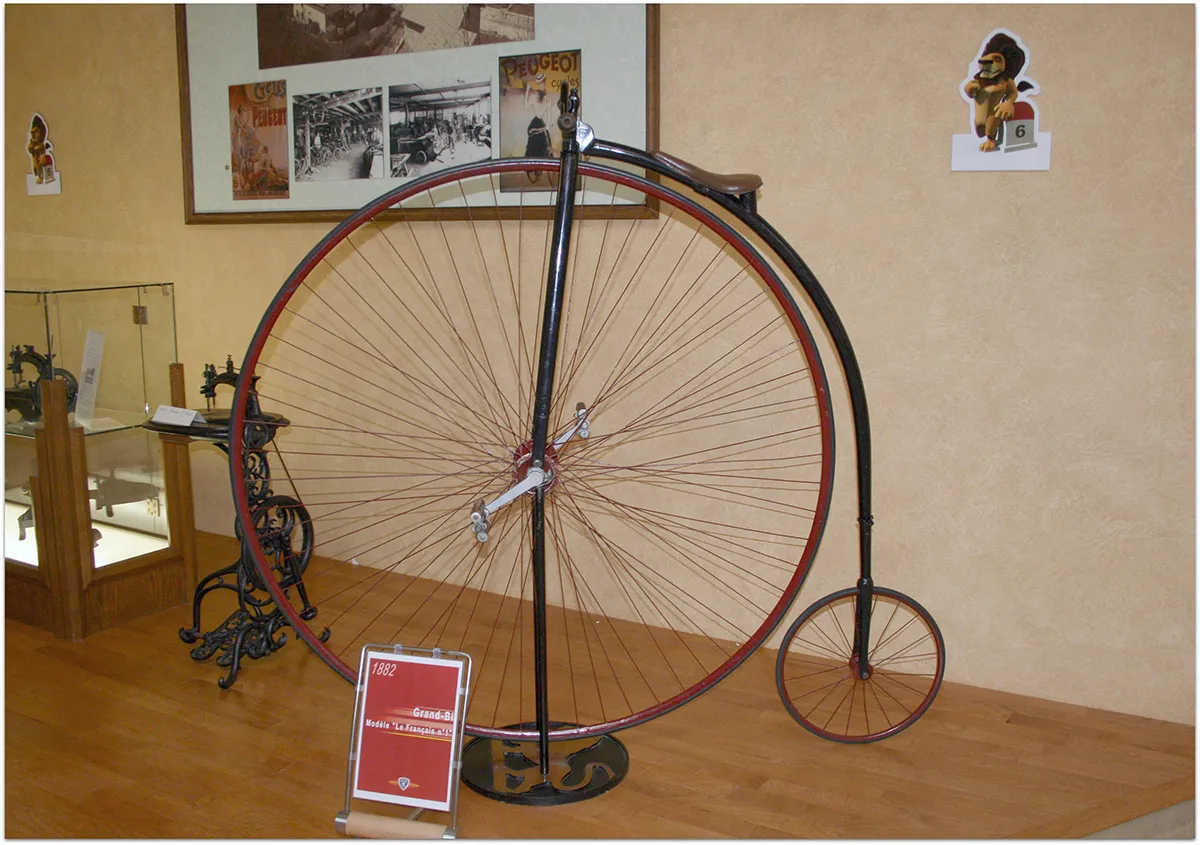
Peugeot is one of the oldest car manufacturers in the world, but it didn't start with cars. Back in 1882, when the streets of France were filled with carriages and riders, Peugeot released its first bicycle — the «Grand Bi» with a large front wheel.
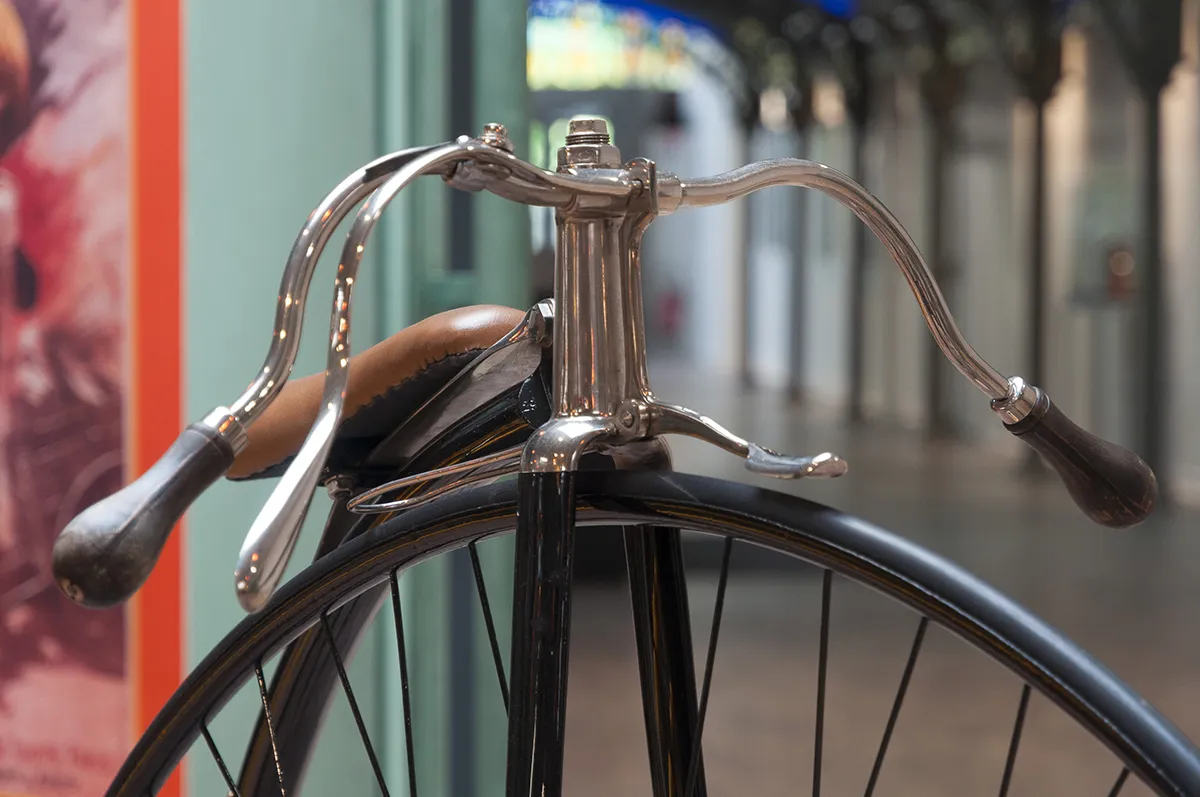
And just a few years later, in 1889, they introduced the first steam tricycle, marking the start of the brand's car era.
Interestingly, Peugeot bicycles were produced alongside automobiles for almost a whole century, and only at the end of the 20th century did the company fully focus on the automotive industry.
Opel: First a Sewing Machine, Then a Bicycle
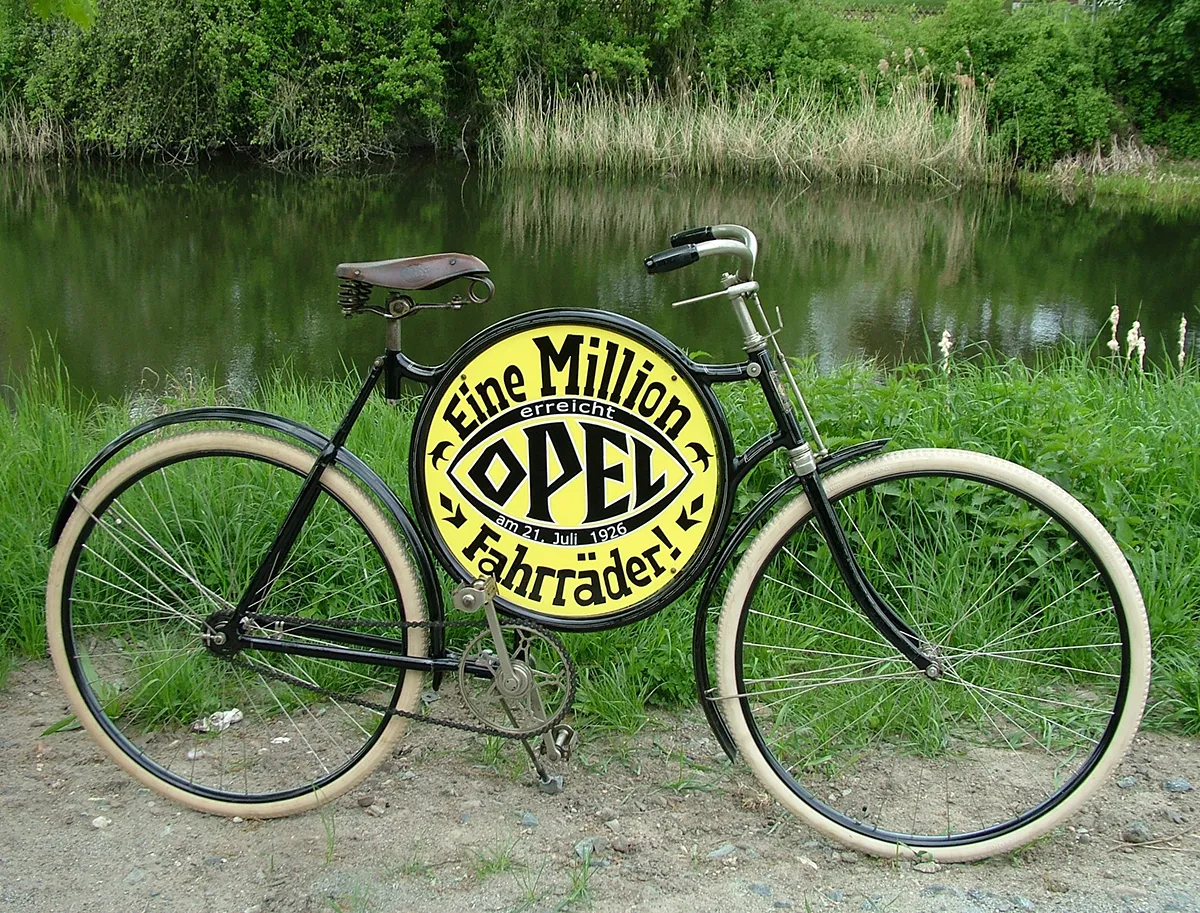
The German company Opel didn't start as a transport brand at all. In 1862, Adam Opel founded a sewing machine manufacturing company. Then, in 1886, they began producing bicycles, and it wasn't until 1899 that Opel introduced its first car.
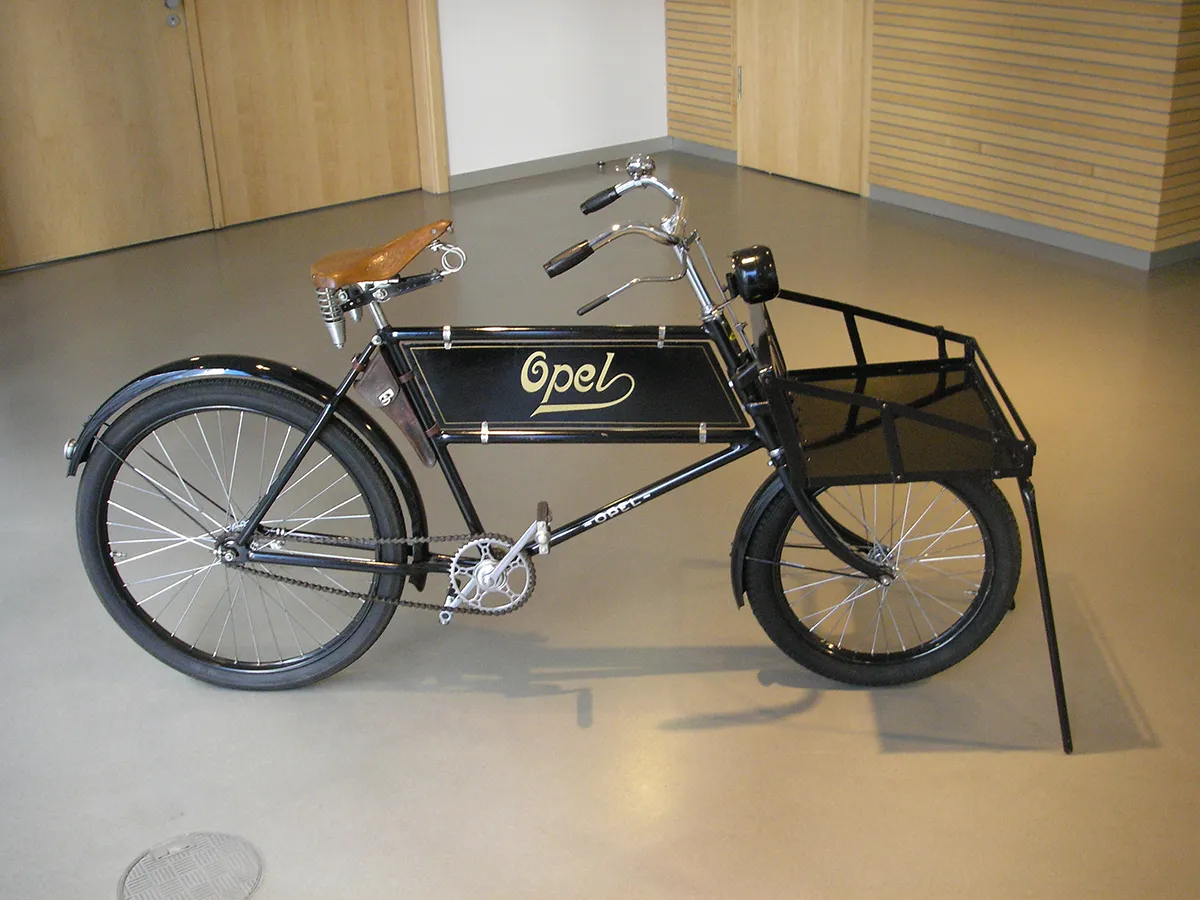
In a short time, the firm became one of the largest manufacturers in Germany — and this experience with bicycles gave it the necessary engineering base to develop the automotive direction.
Škoda: The Czech Path from Pedals to Technology
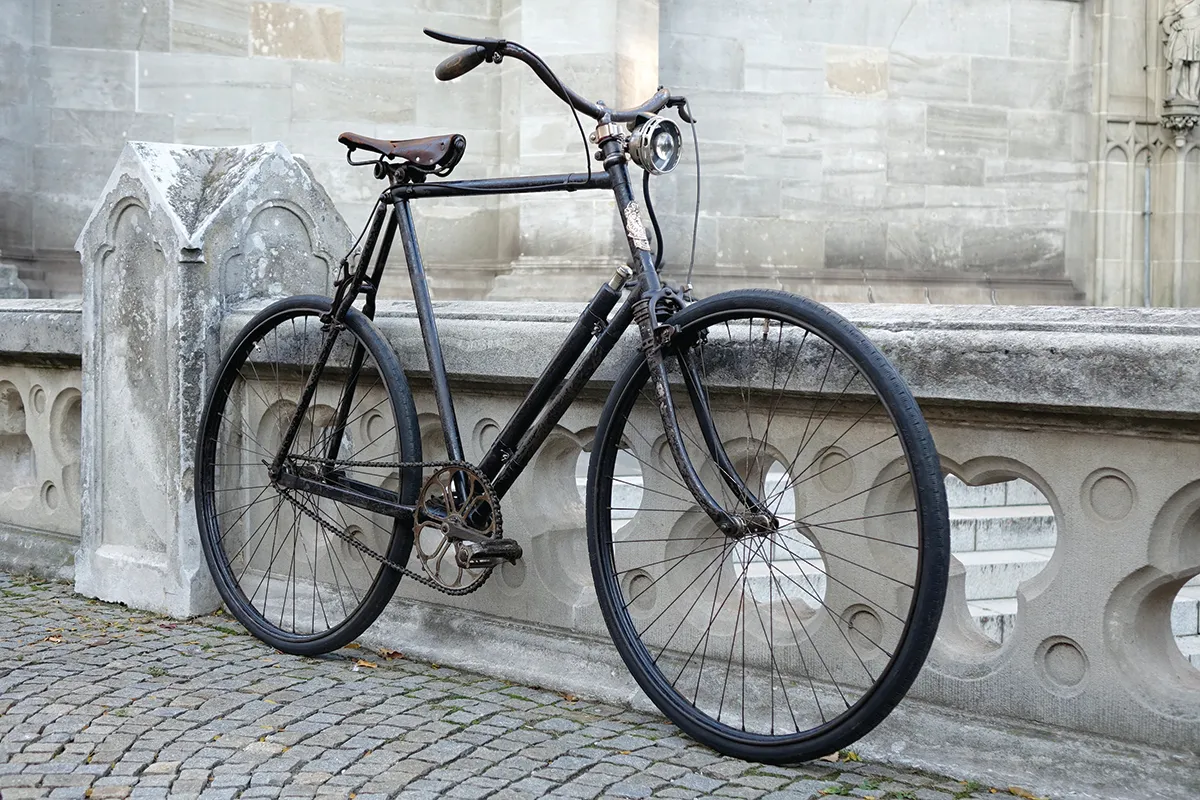
Today, Škoda is one of the leading European car manufacturers, but its roots are in the modest bicycle workshop Laurin & Klement, founded in 1895. Starting with bicycle repairs and assembly, within a few years the company established motorcycle production, and then cars. Later, Laurin & Klement were integrated into the engineering giant Škoda, and the brand became known as a car manufacturer.
Rover: The Founder of the "Safety" Bicycle
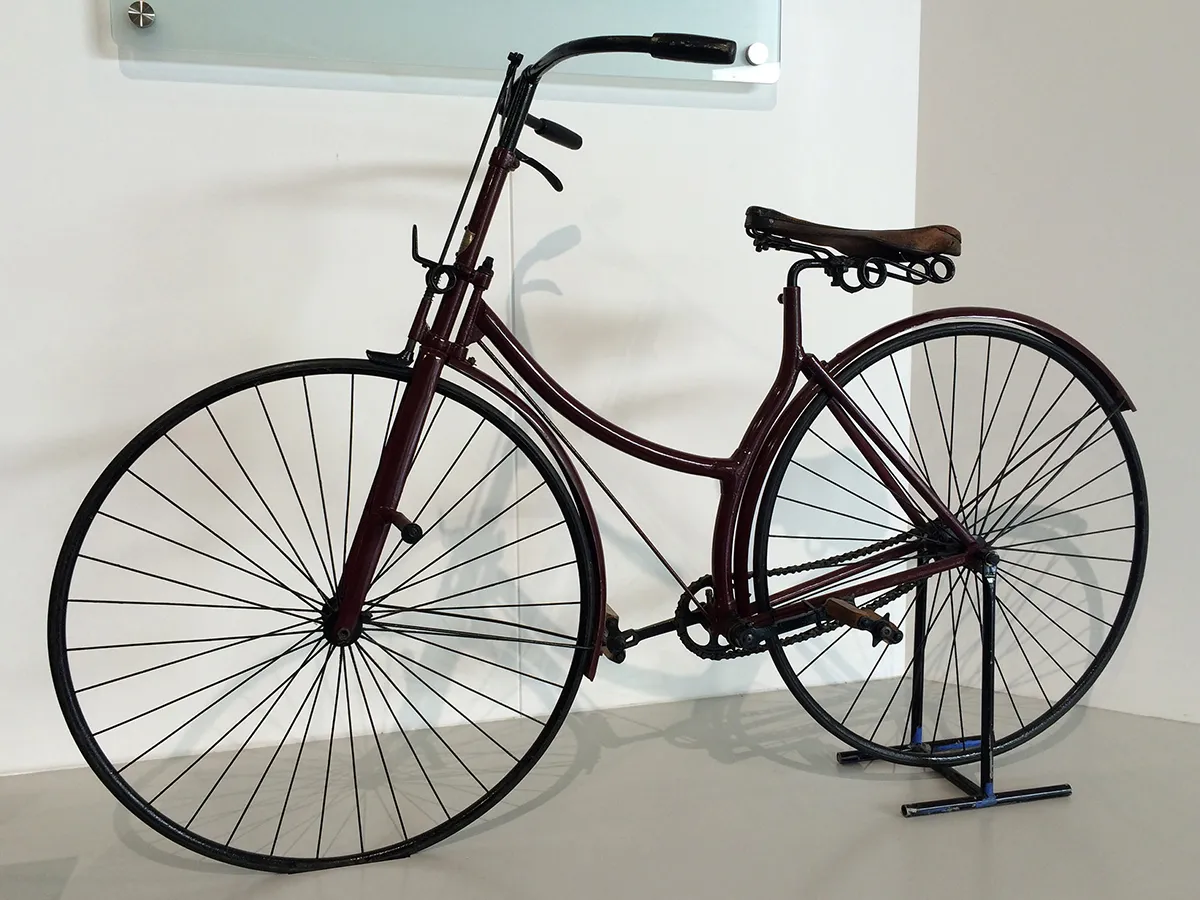
The British company Rover holds a special place in transport history. It was its engineer, John Starley, who in 1885 designed the so-called "safety bicycle" — the very bicycle familiar to us with two equal wheels and a chain drive. This design was so successful that it replaced the "penny-farthings," becoming the classic standard.
By the beginning of the 20th century, Rover started producing cars, and quite successfully. Later, the brand became known for models like Range Rover and Land Rover, but in 2005, the Rover brand ceased to exist as an independent brand.
Bianchi: From Pedals to Racing Cars
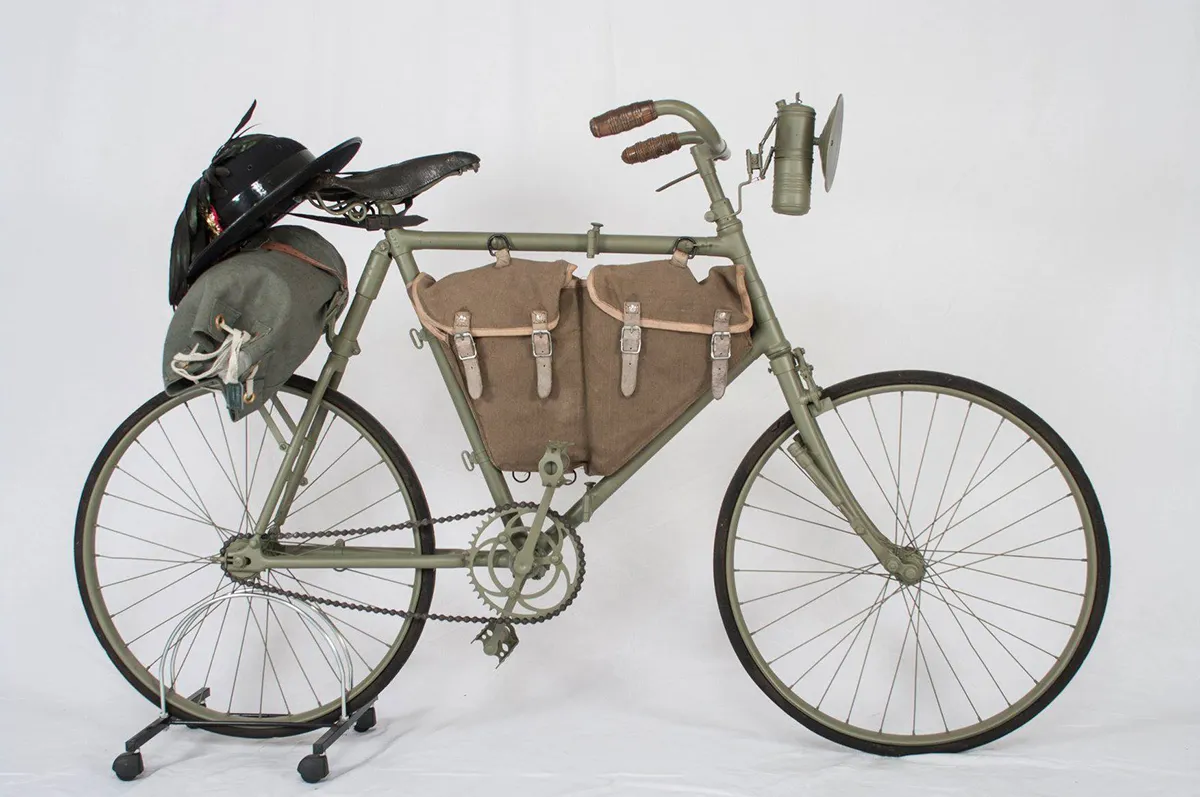
The Italian brand Bianchi, founded in 1885, is first and foremost a legend of bicycle sports. But few know the company also made cars. In 1899, Bianchi introduced its first car, and later a whole line of cars, including racing models.
The automotive direction was less successful, and in the 1930s, Bianchi ceased its car production, focusing entirely on bicycles.
Humber: Once a Leader, Now History
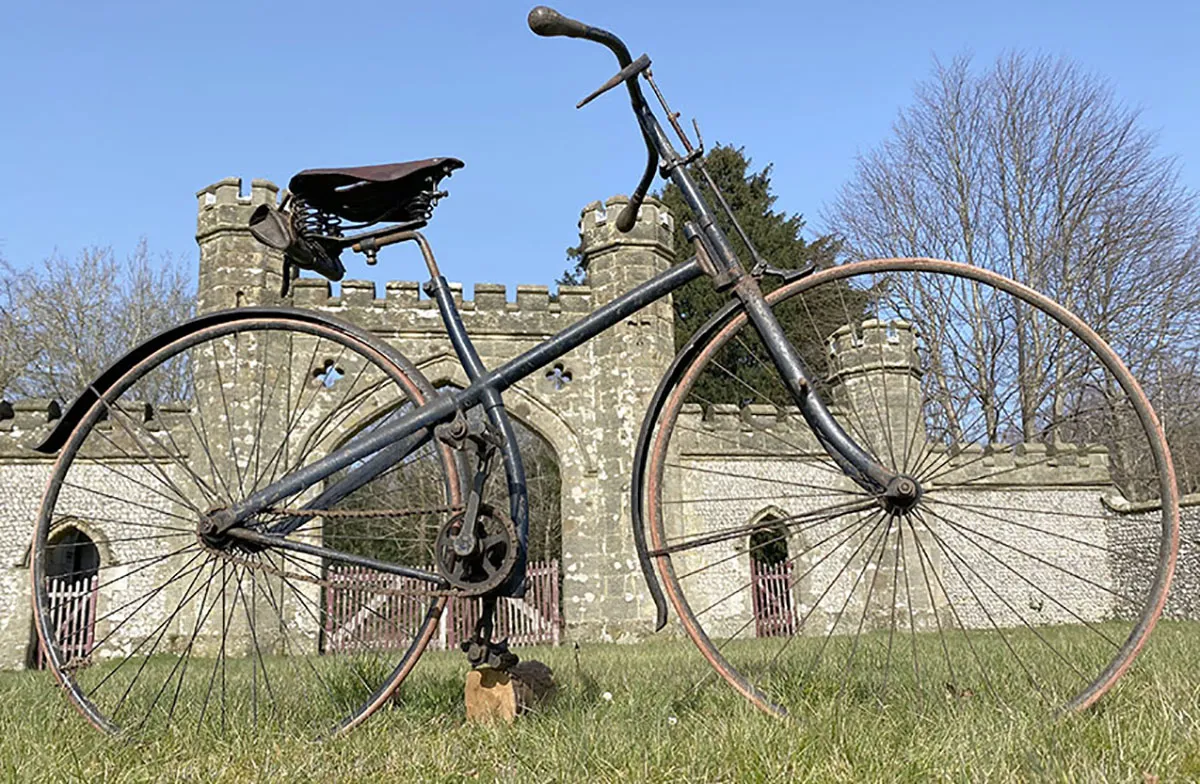
Humber is another forgotten brand with an interesting fate. Founded in the UK in 1868, the company initially produced bicycles, and by 1898 had shifted to car production. At the beginning of the 20th century, Humber was considered one of the leaders of the British automotive industry.
However, over time, the company lost its market position. In 1967, the brand was finally dissolved after merging with other car companies into the Rootes Group.
Editor's opinion:
From nuts and bolts to engines!
The story of these brands isn't just an amusing fact from the past. It is a living testament to how ideas and technologies evolve step by step. Bicycles were not only the first engineering school but also a playground for experiments: it was on two-wheeled machines that frame, suspension, brake, and even early chain drive designs were tested.
Some companies — like Peugeot or Opel — managed to turn this experience into global success. Others survived only in history, but their contribution to the development of transport is undeniable. The very idea of evolution — from a simple bicycle to a complex automobile — remains a symbol of technological progress, which continues, as before, to move forward — on wheels.
You may also be interested in the news:

America’s Secret 1950s Road Train Built for $3.7 Million
Witnesses of its test runs said the massive convoy moved like a snake.

Ten Automotive Legends of the 1930s That Shaped History
The 1930s put the whole world on wheels. The Great Depression still had the planet by the throat, yet cars seemed to be living a new life.

The 2011 Himiko Electric Sports Car: A Retro-Style Gem Ahead of Its Time
The very idea of a “sports car” and an “EV” usually implies something brand-new, futuristic, and packed with cutting-edge tech.

Many Americans don’t know which motor oil is meant for which weather
Once real winter weather arrives, everyday driving suddenly gets tougher. A cold morning start can feel like a gamble.

What the Colored Dots and Stripes on New Tires Actually Mean
All those numbers, letters, and markings—they all have a purpose.